全站搜索
Search the entire website
Search the entire website
In modern aggregate production and construction, quality is everything. The shape of your final aggregate product can be the difference between meeting high-grade specifications for concrete and asphalt, or having your material rejected. If you’ve ever wondered how to produce perfectly shaped, cubical sand and aggregates, the answer lies within a powerful machine: the Vertical Shaft Impact Crusher (VSI).
But how do VSI crushers work to achieve this superior result? It’s not about brute force squeezing like a jaw or cone crusher. A VSI uses a completely different principle: high-velocity impact. This guide will break down the entire process step-by-step. We’ll explore the machine’s core mechanism, its key applications, and how its unique action creates the premium cubical aggregate that modern infrastructure projects demand.
A Vertical Shaft Impact Crusher is a tertiary-stage crusher that uses high-speed energy to break rock particles. Think of it less like a nutcracker and more like a fast-spinning discus thrower. Its primary job isn’t to crush large boulders into small rocks; that’s the role of primary jaw crushers and secondary cone crushers. Instead, a VSI takes smaller aggregate (typically under 50mm) and refines it. It shapes flaky or elongated particles into the highly desirable cubical form and can apply to manufacture high-quality artificial sand.
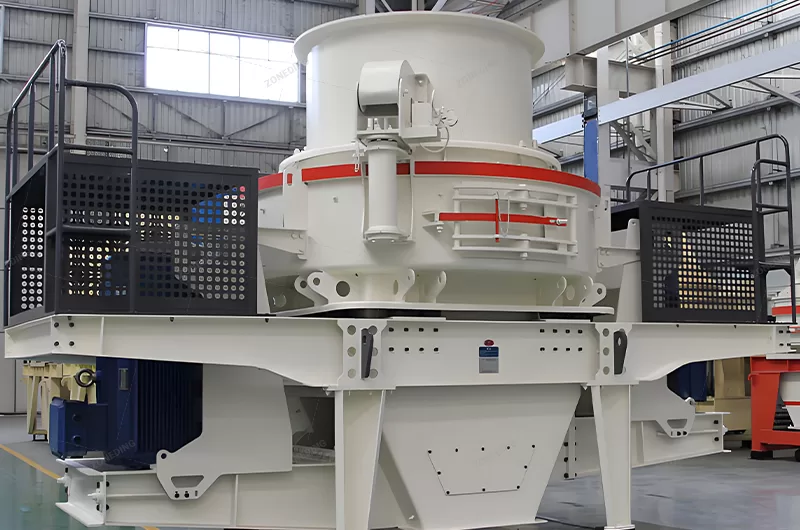
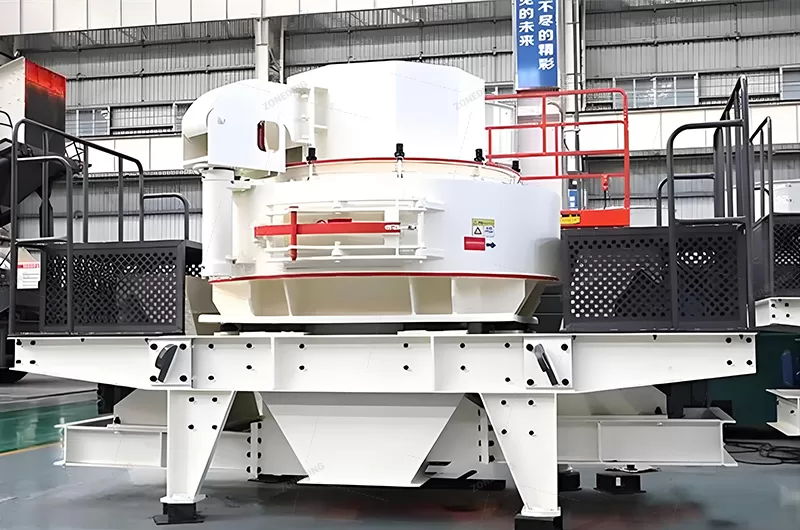
The “Vertical Shaft” part of the name comes from its design. An internal rotor spins at very high speeds on a vertical shaft. Material is fed into the center of this spinning rotor, which then flings the particles outwards at incredible velocity. The crushing happens when these fast-moving particles collide with other particles or with stationary impact plates. This high-energy impact is the secret behind the VSI’s superior shaping ability. At ZONEDING, our ZS Series VSI crusher specifically designed to optimize this impact process for maximum efficiency and product quality.
Understanding how VSI crushers work is about understanding a controlled, high-speed collision process. The magic happens inside the crushing chamber in a fraction of a second. Let’s break it down into three simple steps.
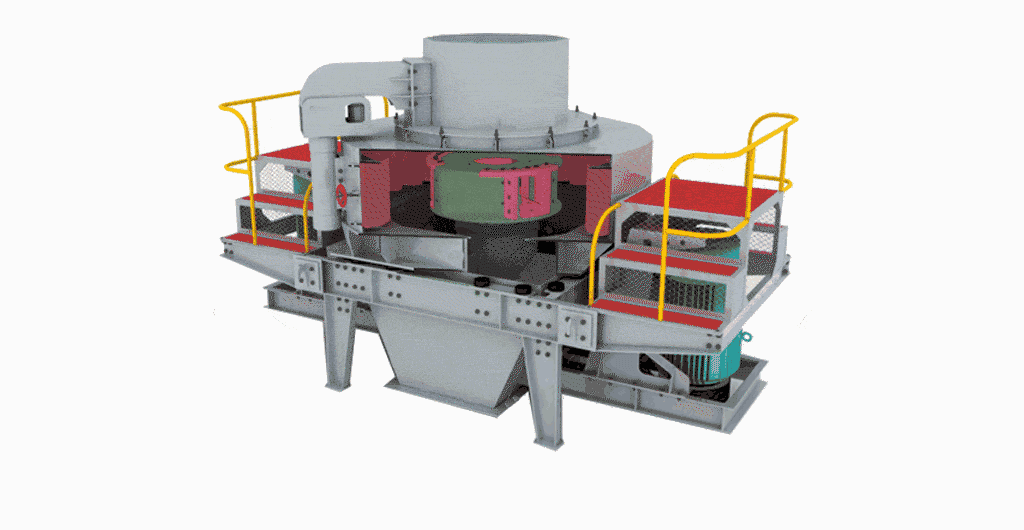
In a rock-on-rock setup, the outer crushing chamber is lined with a bed of the same material being crushed. This is called an “autogenous” process. The high-velocity particles thrown from the rotor smash into this stationary bed of rocks. The impact causes the particles to fracture along their natural cleavage lines, resulting in a superior, highly cubical shape. This method is ideal for processing highly abrasive materials like high-silica river stone or granite. Because the material is hitting itself, the wear on the machine’s metal components (wear parts) is significantly reduced, lowering your operating costs.
In a rock-on-anvil configuration, the outer crushing chamber is fitted with stationary, high-wear-resistant metal plates called anvils. The particles flung from the rotor smash directly against these anvils. This method provides a higher reduction ratio, meaning it can make the material smaller more effectively. It is typically used for less abrasive materials, such as limestone, where wear costs are not the primary concern. ZONEDING’s ZS Series VSI crushers are versatile and can be easily configured for either rock-on-rock or rock-on-anvil applications, giving you the flexibility to adapt to different projects.
| Feature | Rock-on-Rock Crushing | Rock-on-Anvil Crushing | What This Means for You |
|---|---|---|---|
| Crushing Principle | Material impacts a bed of itself | Material impacts metal anvils | Rock-on-Rock is gentler, creating better shape. Rock-on-Anvil is more aggressive. |
| Best For | Abrasive materials (granite, quartz) | Less abrasive materials (limestone) | Choose based on your feed material to manage wear costs effectively. |
| Wear Costs | Very Low | Higher | Rock-on-Rock significantly saves you money on replacement parts when crushing hard rock. |
| Final Product Shape | Excellent (highly cubical) | Good (cubical) | For premium concrete sand or asphalt aggregate, Rock-on-Rock is often preferred. |
| Reduction Ratio | Lower | Higher | If you need more size reduction in the tertiary stage, Rock-on-Anvil can be more effective. |
Now that you know how VSI crushers work, you might ask why going through this extra step for “shaping” is so important. The geometry of your aggregate particles has a huge impact on the quality of the final product, whether it’s concrete or asphalt.
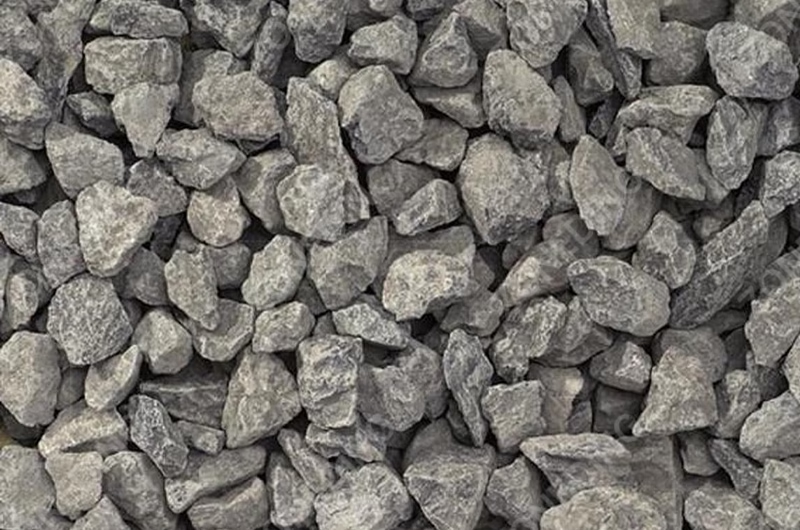
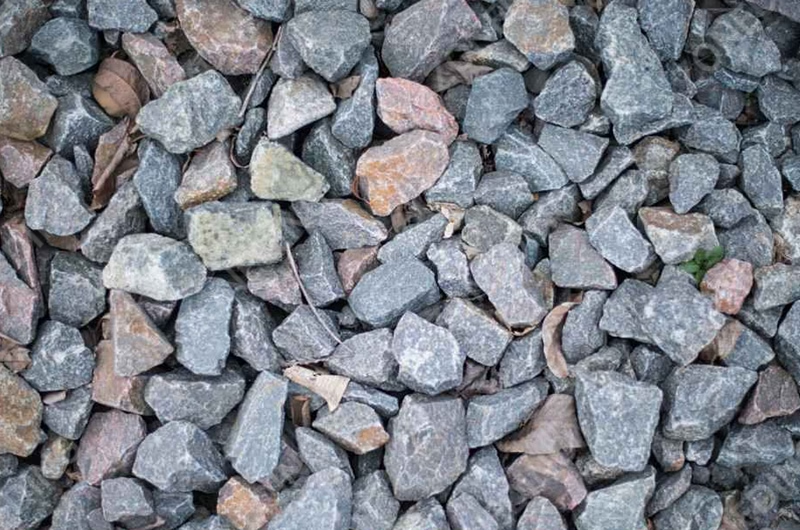
Cubical particles are superior because they interlock. Flaky or elongated particles tend to slide past each other and leave voids. Cubical aggregates fit together more tightly, creating a stronger and more stable matrix. For concrete producers, this means you need less cement paste and water to fill the voids, which directly translates to lower production costs and higher final strength. For asphalt producers, the interlocking nature of cubical aggregate creates a pavement that is more resistant to deformation and rutting under heavy traffic. A Vertical Shaft Impact Crusher is the only machine that can consistently and efficiently produce this premium, high-value product.
The unique working principle of the VSI crusher makes it incredibly versatile for a range of applications beyond just making better-shaped rocks. Its ability to produce fine, well-shaped particles makes it a problem-solver in many industries.
Choosing the right Vertical Shaft Impact Crusher is crucial for maximizing your return on investment. It’s not a one-size-fits-all decision. A machine that is perfect for a limestone quarry might be a financial disaster for a granite operation. As a manufacturer, we help customers navigate this choice every day. Here are the four key factors you must consider.
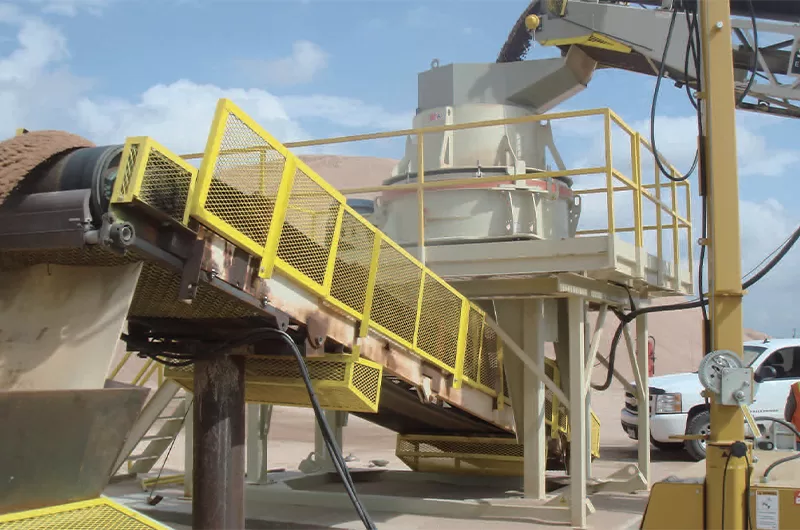
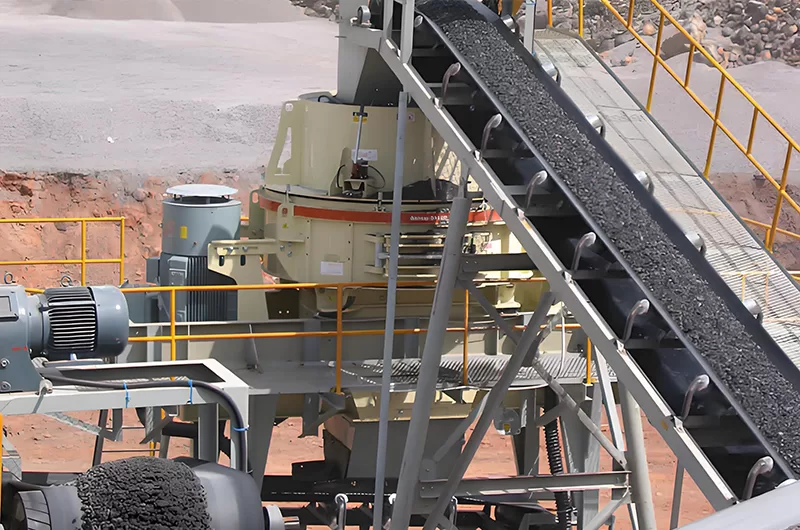
This is the most important factor. The characteristics of the rock you’re crushing will dictate the best VSI configuration and model.
What do you need the machine to do? Be specific about your targets.
The purchase price is only part of the story. A cheaper machine can easily become more expensive in the long run if its operating costs are high.
Your relationship with the manufacturer doesn’t end after the sale.
This is one of the most common questions we get, and the answer is: it depends. The price of a VSI crusher machine can range from $30,000 for a small, basic model to over $300,000 for a high-capacity, fully-featured machine from a premium brand. The price is not arbitrary; it’s based on several key factors that directly relate to the machine’s performance, durability, and value.
Instead of just looking at the price tag, you should understand what drives the cost.
Client: A large aggregate producer in Saudi Arabia supplying a major infrastructure project.
Challenge: The client needed to produce 150 tons per hour of high-quality manufactured sand from abrasive Wadi river stone. Their existing impact crushers were failing, with wear parts lasting less than 40 hours, leading to massive downtime and costs.
Solution: The ZONEDING engineering team analyzed the feed material and project requirements. We recommended and supplied a ZS-1145 Vertical Shaft Impact Crusher configured for the Rock-on-Rock crushing method. This was chosen specifically to combat the extreme abrasiveness of the rock.
Results:
Understanding how a Vertical Shaft Impact Crusher works reveals its unique and essential role in modern material processing. It is not just another crusher; it is a precision shaping tool that adds significant value to your final product. By using high-velocity impact, either through a rock-on-rock or rock-on-anvil method, the VSI creates the premium cubical aggregate required for high-strength concrete and durable asphalt.
When choosing a VSI, always consider your feed material, capacity needs, and final product specifications. The right choice will lower your operating costs and unlock access to higher-value markets.
As a direct VSI crusher manufacturer with roots dating back to 2004, ZONEDING provides more than just a machine. We provide a complete, engineered solution. Our team of 15 expert engineers will work with you to design a crushing circuit that maximizes your efficiency and profitability. We manufacture our own ZS Series Vertical Shaft Impact Crushers in our 80,000 square meter facility, ensuring strict quality control and factory-direct pricing. With equipment proven in over 120 countries, we offer comprehensive support from plant design and installation to training and long-term parts supply.

Contact our experts today to discuss your project. Let us help you select the perfect sand making machine to elevate the quality of your aggregate and grow your business.
Are you looking for a more flexible and cost-effective way to process rock, ore, or construction waste? A mobile crusher could be the perfect solution. Instead of hauling materials to a fixed machine, a mobile crushing plant brings the processing...
View detailsChoosing the right rock crusher is the single most important decision for your quarry, mining, or recycling operation. It's the engine of your business. The right choice maximizes your output and profit, while the wrong one leads to constant head...
View detailsDo you want to boost your gold production? Maximizing gold recovery rates truly drives any mining operation. This holds true whether you process raw ore, tackle challenging tailings, or explore waste materials. Every lost gram of gold impacts you...
View detailsDid you know your house is full of valuable nonferrous metals? You probably handle them every single day without a second thought. From the coins in your pocket to the lightweight frame of your eyeglasses, these essential materials are the buildi...
View details